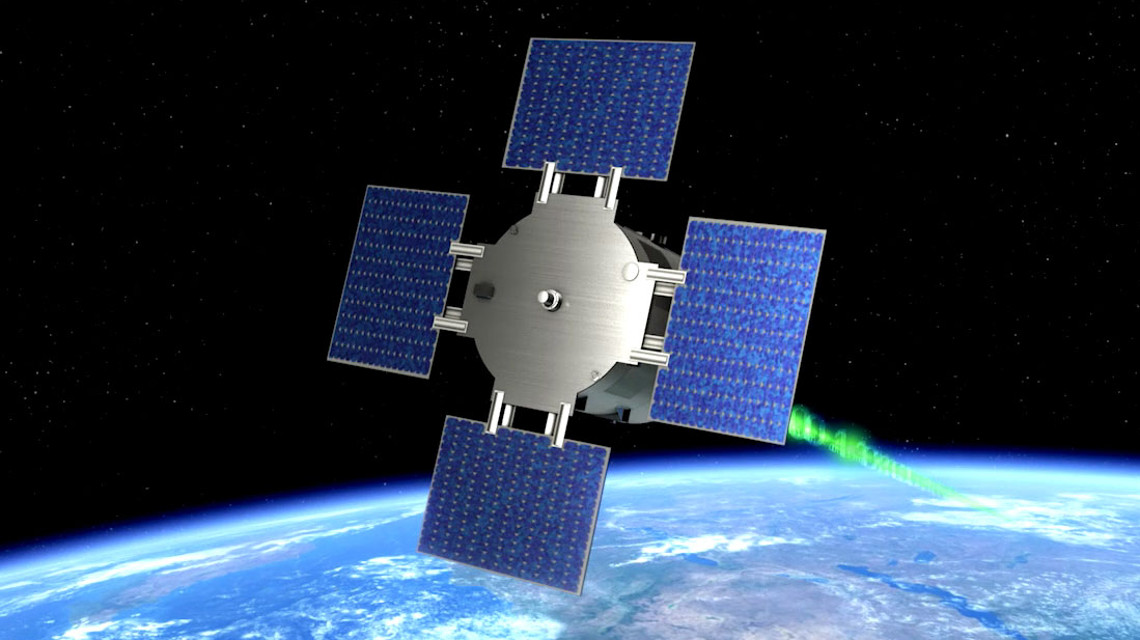Tomato growth out of this world
A satellite carrying tomato seeds is expected to be launched into space before the end of the year. German researchers will test the growth under conditions found on Mars or the moon.

Cultivating tomatoes in space — it all sounds rather alien! Yet that extra-terrestrial mission is central to a project currently being developed by the researchers from the German Aerospace Centre (DLR). Preparations for the mission: Eu:Cropis (Euglena and Combined Regenerative Organic Food Production in Space) are in full swing. Scientists hope to send a satellite carrying tomato seeds into space before the end of the year.
Urine-based plant fertiliser
The project is particularly unique in that the researchers have developed a complex self-sustaining food-production system that enables the growth of vegetables in the kinds of conditions found on Mars or the moon. To that end, the scientists are relying on the help of bacteria and the single-celled algae Euglena gracilis to provide the plants with vital nutrients. Those nutrients come from artificial urine. First, the bacteria help to transform the ammonia contained in the urine into nitrite and finally into nitrate, a plant fertiliser, causing fruit to grow and produce new seeds.
Rotating satellite greenhouse
Tomato seeds are not the only unusual passengers to have their endurance tested in space. DNA samples and algae were previous guests on the International Space Station (ISS), where they managed to successfully survive cold shock. The researchers are using another mode of transport this time, however. The reason? The ISS cannot be made to rotate in the same way as Mars or the moon as required. For that purpose, a 250 kilogram lighter satellite has been created at the German Aerospace Centre in Bremen that rotates around its longitudinal axis during flight at a height of approximately 600 kilometres, thus simulating different levels of gravity. For six months in each case, the satellite will simulate two greenhouses that are expected to grow tomato seeds in the kinds of conditions found on the moon and Mars, respectively. The two greenhouses are housed in a special pressure tank made from carbon-fibre composite that maintains a constant internal pressure of 1 bar. Sixteen small cameras will document the growth of the tomato plants over an 18-month period. The fresh fare will be tucked into by astronauts should the experiment prove successful.


